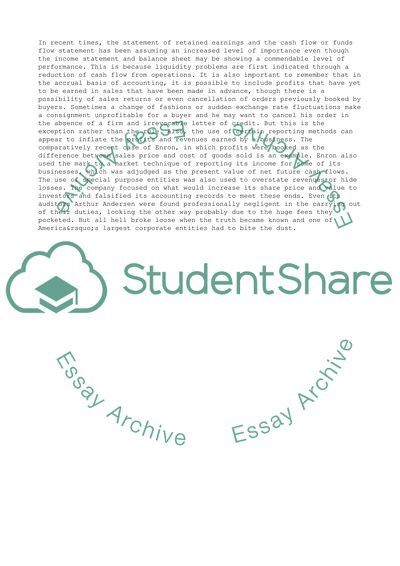Cite this document
(Financial Analysis and Management Assignment Example | Topics and Well Written Essays - 3250 words, n.d.)
Financial Analysis and Management Assignment Example | Topics and Well Written Essays - 3250 words. Retrieved from https://studentshare.org/management/1776593-financial-analysis-and-management
Financial Analysis and Management Assignment Example | Topics and Well Written Essays - 3250 words. Retrieved from https://studentshare.org/management/1776593-financial-analysis-and-management
(Financial Analysis and Management Assignment Example | Topics and Well Written Essays - 3250 Words)
Financial Analysis and Management Assignment Example | Topics and Well Written Essays - 3250 Words. https://studentshare.org/management/1776593-financial-analysis-and-management.
Financial Analysis and Management Assignment Example | Topics and Well Written Essays - 3250 Words. https://studentshare.org/management/1776593-financial-analysis-and-management.
“Financial Analysis and Management Assignment Example | Topics and Well Written Essays - 3250 Words”, n.d. https://studentshare.org/management/1776593-financial-analysis-and-management.


